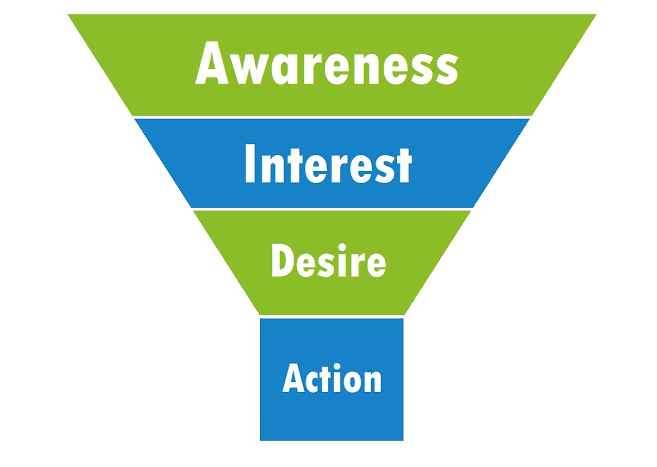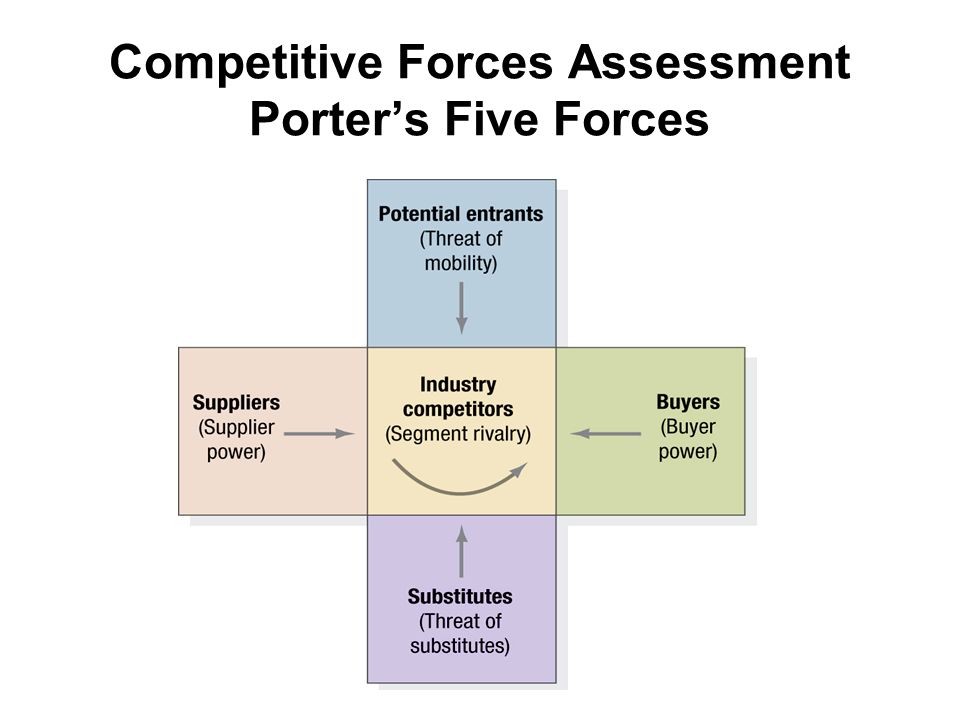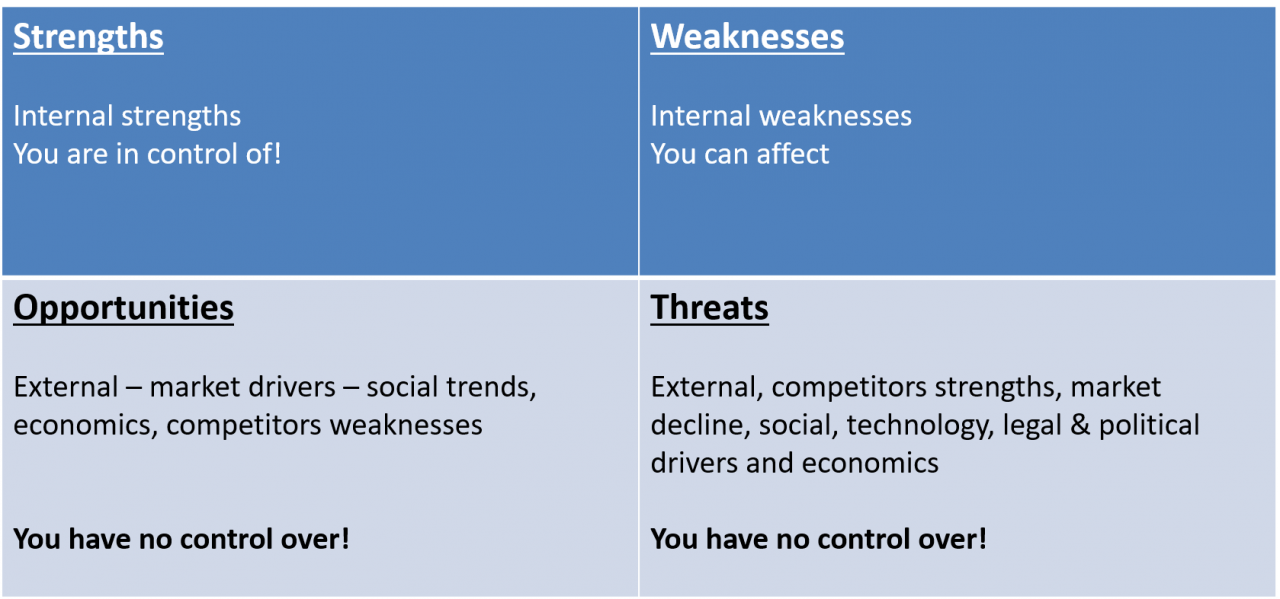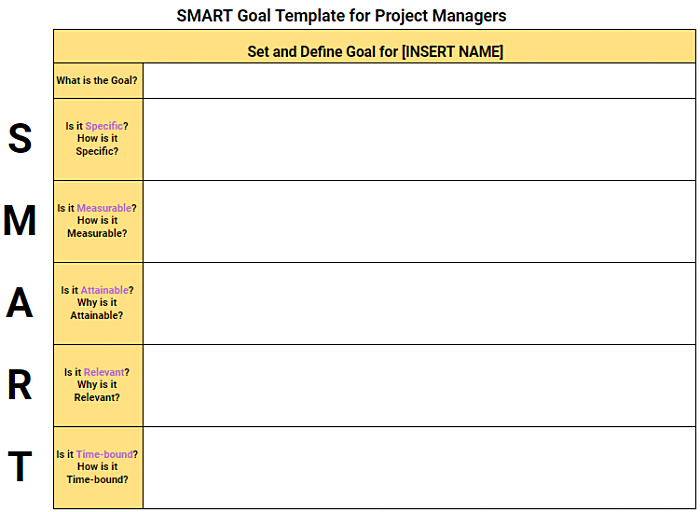The value in utilising and applying business models
Anyone who knows me, will know that I love referring to and using business models. In fact when in a Regional Sales Director role, in charge of a large team, whom became and still are an award winning team, at every meeting and presentation I shared a business model.
Mostly I utilised the Sales Funnel to visually explain the regions performance, key measures and our effectiveness through the sales process along with what outcomes we had achieved. To embed the model and way of working it was a matter of just sharing;
"Keep it simple and please do just stick to and trust the process".
Sales Funnel (AIDA)
Build Awareness - Prospecting and Marketing activities.
Generate Interest - Be polite, engage through an initial conversation to get to know your prospect, by asking open questions.
Instill Desire - Consultative approach, normally through 2nd and 3rd conversations and meetings. Dig deeper to qualify and understand their specific needs and wants, but don't offer a solution too early. Match their needs with the benefits of ownership or the added value in the service you deliver. Watch their body language, actively listen to their vocabulary, as you'll know when they are ready to buy!
Action - Ask for the order/commitment. If it's a "No", don't just accept this, go back in the process and ask more questions, discover their latent needs and build further desire.
I'm sure in your business or department you utilise and apply many business models to sense check new initiatives, validate ideas, assess the market, your competitors and looked for efficiencies in your business.
- What's your favorites, go to models?
- What has been the most effective for you to date?
I would love to hear how these models have delivered positive results for you.
Below I share 4 further key business models which may be dated, but just as relevant in their application today. Particularly as we are in uncharted waters and with the business environment forever changing.
Please read on....
S.T.E.E.P.L.E.
First, to carry out a high level analysis of the Macro Environment to determine the driving factors on your customers, or customers, customers buying habits. Well worth carrying out as we head into what will be a prolonged winter period and looking forward to 2021.
STEEPLE is an acronym for;
- Social Drivers.
- Technological Drivers.
- Economical Drivers.
- Environmental Drivers.
- Political Drivers.
- Legal Drivers.
- Ethical Drivers.
Simply for each sales channel, key market your business supplies, assess what the current state is and potentially what the future state will be for each driving factor.
For example, Social Drivers,
- What's the key demographic for your products or services within the territory you supply?
- What will that demographic look like next year and in 3, 5 or 10 years time?
Often by applying a bit of deskwork you can find white papers or statistics on future projections of population mix, trend etc.
Note, some of the STEEPLE driving factors can radically change market conditions, such as Legal Drivers changes.
Example being, what will the import / export laws be with EU-Exit. (formally known as Brexit)?
- How will this effect trade, material costs or access to labour for your business come the 1st January 2021?
The Micro Environment.
A bit closer to home, whats the competitor landcape like today and likely to be in the next few months and years?
Porters 5 Forces Assessment.
Whom is competing for your customers money and how are the dynamics of the marketplace changing?
Are there threats of potential new entrants, powerful organisations moving into your sector? Think of the disruption caused by Purple Bricks in the estate agency arena, or Netflix in the entertainment market, Amazon in what started as book sales, then moved into music and now almost any physical item you can purchase Amazon.com sell.
Determine the threats to your market from new entrants and particularly utilisation of technology? One of the effects of the Coronavirus pandemic is it has brought forward innovation, technology adoption by 3-5 years and radically transformed business trading models.
Along side this, are your suppliers getting more powerful, bigger and dictating more stringent terms?.
Or how's your customer numbers, are they growing or shrinking?
- Is your market growing or consolidating?
- Have there been Mergers (M&A) and Joint Ventures (JVs)?
Therefore are buyers joining forces or creating buying co-operatives, then demanding more discount or extended credit terms from you, as a supplier?
Substitutes for your sales. These might not be direct competitors. e.g. If your own and operate a restaurant, whilst a carry-out maybe an option for your customer, so are the supermarkets whom sell "Saturday Night In" packages even with a bottle of wine.
Or maybe you are a solicitors offering Lasting Power of Attorney,(LPA) services, however templates and standardised documents can now be downloaded for a small fee through the internet.
When it comes to the internal industry competitors and your segment rivalry a good model to use is a simple SWOT analysis.
Pick your key competitors, those with the most market share, then determine what's their;
- Strengths.
- Weaknesses.
- Opportunities.
- Threats
Once you have carried out the above 3 exercises, it's a valuable exercise to carry out a SWOT analysis on your own business. What's your Strengths and Weaknesses and how do you maximise the Opportunities and shore up any potential Threats to your organisation?
Then the final step is to agree some SMART objectives and set individual actions against these.
Ensuring they are;
- Specific
- Measurable
- Attainable (agreed)
- Relevant
- Time - bound
I trust you have found these business models examples useful.
Do feel free to get in touch to share your preferred models or should you wish to chat through any of the above process when reviewing your business market and how best to align your resources to existing and new opportunities in what will be a new normal, please do just get in touch.
Peter Fleming,
Director, Business Consultant.
Mobile; 07966 686112
Email; This email address is being protected from spambots. You need JavaScript enabled to view it.
Comments
By accepting you will be accessing a service provided by a third-party external to https://www.pfbusinessconsultancy.co.uk/





